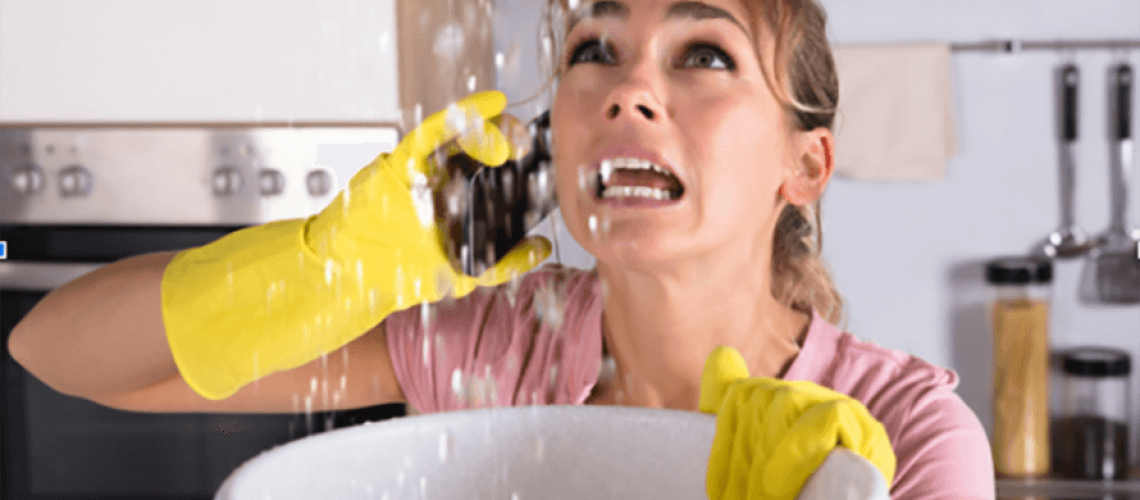Detect Concealed Water Line Leaks: Six Ingenious Detection Tips
Detect Concealed Water Line Leaks: Six Ingenious Detection Tips
Blog Article
The content which follows involving Locating water leaks is exceedingly stimulating. Don't skip it.

Early discovery of leaking water lines can mitigate a prospective calamity. Some tiny water leaks may not be visible.
1. Check Out the Water Meter
Every house has a water meter. Checking it is a surefire way that assists you find leakages. For starters, shut off all the water sources. Make sure nobody will flush, utilize the faucet, shower, run the washing equipment or dish washer. From there, most likely to the meter as well as watch if it will transform. Given that nobody is using it, there should be no activities. That indicates a fast-moving leakage if it moves. Likewise, if you identify no changes, wait an hour or 2 and examine back again. This suggests you might have a slow leak that might also be below ground.
2. Check Water Intake
If you identify unexpected changes, regardless of your usage being the same, it suggests that you have leaks in your plumbing system. An abrupt spike in your expense indicates a fast-moving leak.
A consistent rise every month, even with the exact same routines, reveals you have a slow leak that's also slowly intensifying. Call a plumber to completely examine your home, particularly if you really feel a cozy area on your floor with piping beneath.
3. Do a Food Coloring Test
When it comes to water usage, 30% comes from toilets. If the color in some way infiltrates your bowl throughout that time without flushing, there's a leak between the storage tank and also bowl.
4. Asses Outside Lines
Do not neglect to inspect your outdoor water lines also. Must water permeate out of the link, you have a loosened rubber gasket. One small leak can throw away heaps of water and also spike your water bill.
5. Assess the scenario and inspect
Property owners must make it a routine to examine under the sink counters and also also inside cupboards for any type of bad odor or mold growth. These two warnings show a leakage so timely interest is required. Doing routine inspections, also bi-annually, can conserve you from a major problem.
If you know your house is currently old, keep a watchful eye on your heating units, hoses, pipelines etc. Check for stainings and deteriorating as the majority of pipes and also appliances have a life expectancy. They will certainly likewise naturally wear away because of tear as well as put on. Do not wait for it to rise if you believe leaking water lines in your plumbing system. Call a specialist plumber right away so you don't wind up with a terrible mess in your home.
Early discovery of dripping water lines can alleviate a prospective catastrophe. Some small water leaks might not be noticeable. Checking it is a proven method that helps you uncover leaks. One little leakage can waste lots of water and also increase your water costs.
If you suspect leaking water lines in your plumbing system, don't wait for it to intensify.
WARNING SIGNS OF WATER LEAKAGE BEHIND THE WALL
PERSISTENT MUSTY ODORS
As water slowly drips from a leaky pipe inside the wall, flooring and sheetrock stay damp and develop an odor similar to wet cardboard. It generates a musty smell that can help you find hidden leaks.
MOLD IN UNUSUAL AREAS
Mold usually grows in wet areas like kitchens, baths and laundry rooms. If you spot the stuff on walls or baseboards in other rooms of the house, it’s a good indicator of undetected water leaks.
STAINS THAT GROW
When mold thrives around a leaky pipe, it sometimes takes hold on the inside surface of the affected wall. A growing stain on otherwise clean sheetrock is often your sign of a hidden plumbing problem.
PEELING OR BUBBLING WALLPAPER / PAINT
This clue is easy to miss in rooms that don’t get much use. When you see wallpaper separating along seams or paint bubbling or flaking off the wall, blame sheetrock that stays wet because of an undetected leak.
BUCKLED CEILINGS AND STAINED FLOORS
If ceilings or floors in bathrooms, kitchens or laundry areas develop structural problems, don’t rule out constant damp inside the walls. Wet sheetrock can affect adjacent framing, flooring and ceilings.
https://www.servicemasterbyzaba.com/blog/how-to-detect-water-leakage-in-walls/

I found that review on Detecting hidden plumbing leaks when doing research the search engines. Sharing is good. Helping others is fun. Many thanks for your time. Don't forget to check our blog back soon.
For instant fixes, dial! Report this page